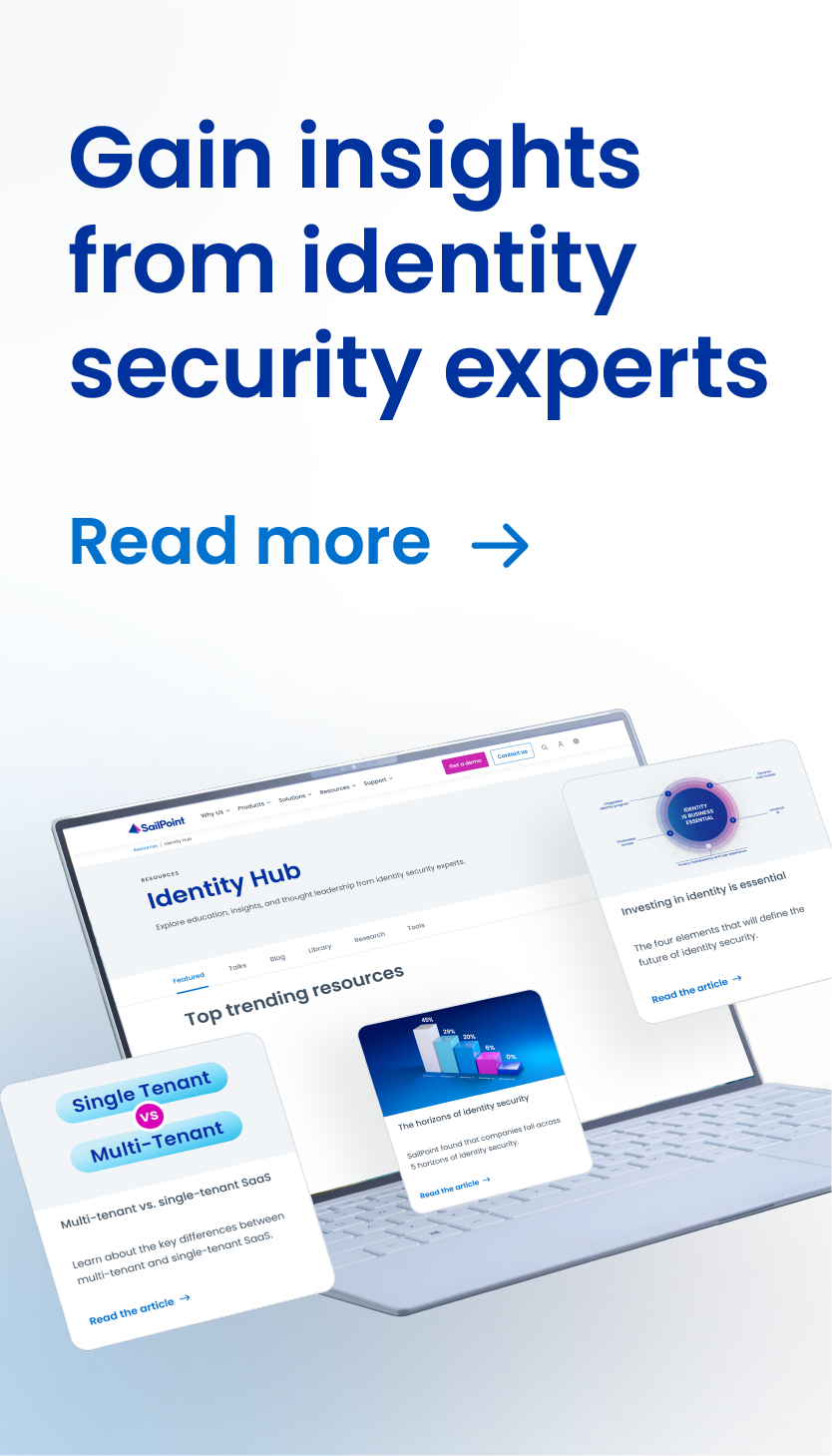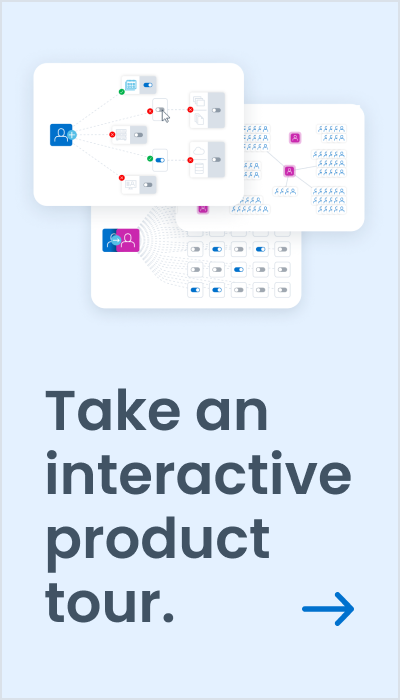What Does Cloud-First and Identity Security Really Mean to Business?
As organizations adopt new technologies and evolve their business protocols through Digital Transformation, what’s the effect on identity and access management (IAM)?
In the past, IAM was focused on internal human identities and on-premises applications. Today, it’s also about external identities, including contractors, business partners, clients and the Internet of Things (IoT) devices. Additional complexities come into play as the digital infrastructures change from exclusively on-premises to a hybrid on-premises/cloud environment serving a highly mobile, often global, workforce. Clearly, digital transformation requires a strategic plan.
As you move to the cloud, here are five questions to consider:
1. Do you have a hybrid strategy?
2. Have you evaluated your risk posture?
3. Do you understand your compliance, organizational and process implications?
4. Do you have a technology deployment and consolidation strategy?
5. Do you have an ongoing governance and management plan?
Your hybrid strategic plan must be comprehensive and well-documented. The organization needs to plan this change with an understanding of an overall risk model and the importance of having a sustainable multi-year focus to transform the enterprise. But understanding all the implications of your cloud environment is only half of this puzzle. Executives also need to understand company needs. You’ll want to have a cross-functional IAM team representing key technology and business owners. With a complete roadmap, these stakeholders will be able to create and adopt changes working from the same business-aligned strategic plan.
It’s all going to get more complicated in the next few years. Gartner is projecting that by 2020, half of all large enterprises will require an approved exception to put new workloads in-house. By 2023, Gartner anticipates that half of all app interactions will entirely function only with visual and other sensory elements, disrupting conventional concepts of data protection and firewalls.
According to Gartner, companies are going to become far more dependent on their cloud vendors’ offerings. By 2021, 80% of Amazon Web Services and Azure customers will purchase add- on security controls from their cloud vendor, which is quadruple the number from 2018.
The ideal hybrid environment is not solely about being more cost-effective and more secure than on-premises. It’s about having an IAM strategy that is precisely tuned for your company, based both on where it is today and where it plans to be tomorrow.



Discussion